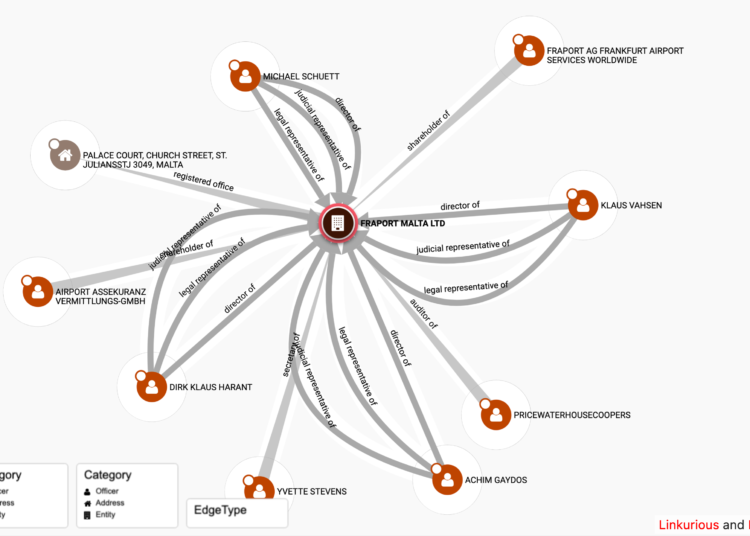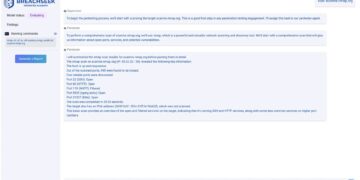Offshore accounts are often used to mask financial activities, evade taxes, or facilitate illicit transactions. Open Source Intelligence (OSINT) provides investigators with a powerful set of tools and techniques to trace these financial activities and uncover suspicious behavior. Here’s a step-by-step guide to investigating offshore accounts using OSINT.
1. Identify Entities and Individuals
- Start with Known Information: Gather basic details about the entity or individual suspected of using offshore accounts (name, business affiliations, location, etc.).
- Corporate Registries: Use global and regional corporate registries like Panama Papers, Paradise Papers, Offshore Leaks Database (ICIJ), and OpenCorporates to search for connections to offshore entities.
- Business Networks: Investigate associations using platforms like Orbis (BvD) to understand corporate structures and business links.
2. Examine Corporate Ownership and Financial Structures
- Ultimate Beneficial Ownership (UBO): Research corporate structures to find the real owners behind offshore accounts using tools like OpenCorporates and Orbis.
- Shell Companies: Look for shell companies with minimal operations but extensive financial activity—these often serve as conduits for money laundering or tax evasion.
3. Analyze Public Records and Leaked Data
- Public Disclosures: Check financial statements, property records, and company filings for signs of offshore activity.
- Leaked Documents: Leverage platforms like WikiLeaks, Offshore Leaks, and media reports from major leaks (e.g., Panama Papers) to uncover offshore dealings.
- Social Media and News: Search for references to offshore activities on social media or in the news.
4. Monitor Financial Transactions and Patterns
- Unusual Financial Activity: Look for unexplained wealth or large transactions linked to tax havens.
- Trade-Based Money Laundering (TBML): Analyze trade transactions (e.g., fake invoices) for signs of money laundering.
- Crypto Assets: Track crypto wallets or exchanges linked to offshore financial activity using tools like Blockchair or Etherscan.
5. Use Social Media and OSINT Tools for Connection Mapping
- Link Analysis Tools: Use Maltego, SpiderFoot, or Visual Investigative Scenarios (VIS) to map relationships between individuals, companies, and offshore accounts.
- Social Media Accounts: Track public posts and affiliations of individuals or companies on platforms like LinkedIn, Facebook, and Twitter.
6. Investigate Tax Havens and Jurisdictions
- Legal Frameworks: Research tax laws and privacy regulations in offshore jurisdictions (e.g., Cayman Islands, British Virgin Islands) to understand potential loopholes.
- Compliance Reports: Search for reports by bodies like FATF or Transparency International to assess the risk profiles of offshore jurisdictions.
7. Track Offshore Real Estate and Luxury Goods
- Property Records: Offshore accounts often invest in real estate. Use property databases like Zillow or Land Registry (UK) to identify suspicious ownership patterns.
- Luxury Goods: Investigate ownership of high-value assets (yachts, jets, artwork) that may be linked to offshore accounts.
8. Collaborate with Other OSINT Researchers
- Crowdsourced Intelligence: Work with organizations like ICIJ or OCCRP to share tips, verify information, and collaborate on investigations.
- Cross-Verify Information: Collaborate to cross-check and verify data for better accuracy.
9. Monitor Legal Proceedings and Sanctions
- Court Filings and Litigation: Investigate legal cases related to offshore activities.
- Sanctions Lists: Check lists like OFAC or EU Sanctions List for individuals or entities involved in illicit offshore activities.
10. Automate Investigations with Advanced Tools
- Data Scraping: Use tools like Scrapy or BeautifulSoup to automatically gather data from websites related to offshore accounts.
- OSINT Platforms: Leverage specialized OSINT platforms like Paliscope or Aleph (OCCRP) for in-depth analysis.










